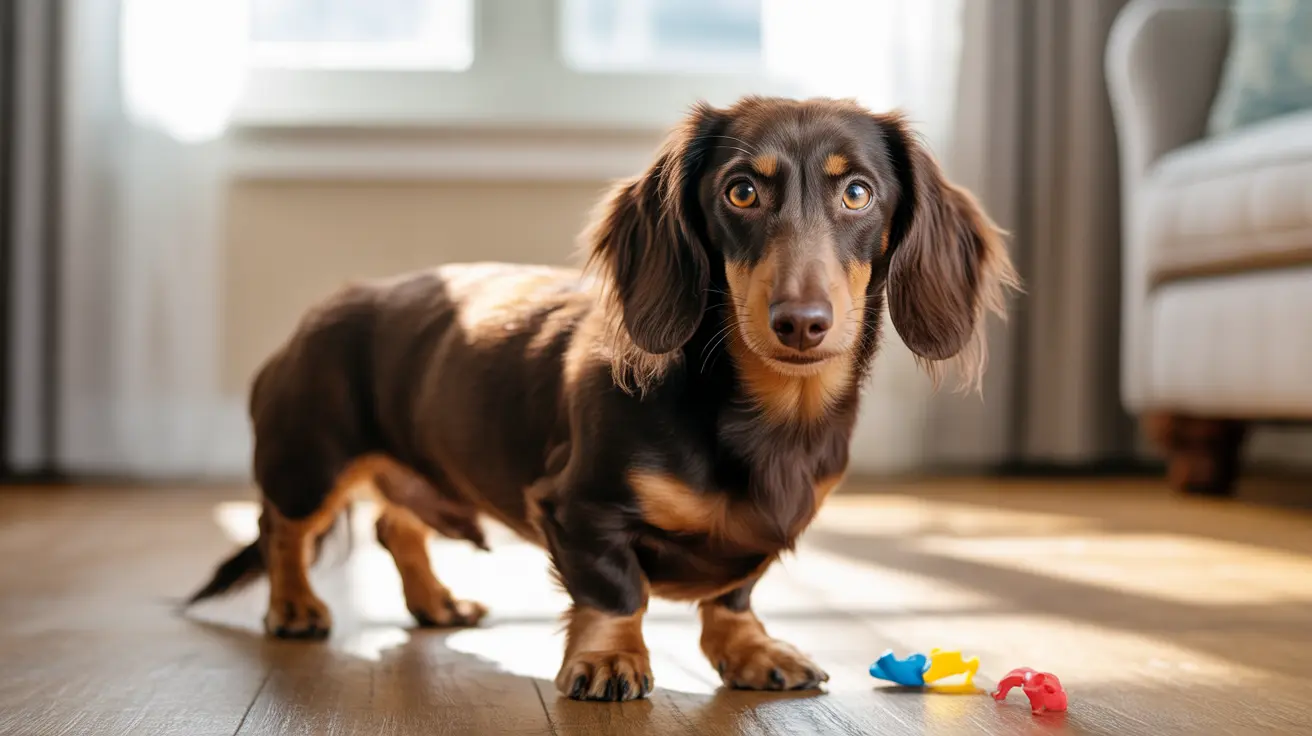Can an Aggressive Dog Become Friendly?
Aggressive behavior in dogs is a significant concern for pet owners, but it doesn't automatically mean a lifetime of hostility. Many dogs can become more sociable and manageable with the right approach. Understanding, early intervention, and structured training can significantly change how aggressive behavior manifests.
Understanding Canine Aggression
Aggression in dogs can be expressed in various ways including:
- Growling
- Snarling or showing teeth
- Biting or snapping
- Lunging or charging
- Standing rigid or still
The root causes of aggression are diverse and can include:
- Fear and lack of confidence
- Territorial or protective behavior
- Lack of socialization
- Pain or medical issues
- Trauma or abuse
Understanding the underlying cause is the first step toward improving a dog’s behavior.
Recognizing Warning Signs
Aggression often begins with subtle signs that escalate. Early warning signals such as avoidance, tail tucking, or stiffening can precede more overt actions like snapping or biting. Recognizing these early signs helps in preventing dangerous incidents.
Distinguishing Types of Aggression
Different aggression types require specific strategies. For example:
- Dominance-based aggression: Dogs attempt to control decisions or elevate their status.
- Fear-based aggression: Triggered by perceived threats or past trauma.
In both cases, calm, consistent leadership helps the dog feel secure and reduces aggressive tendencies.
The Role of Triggers
Identifying what sets off a dog’s aggressive response is crucial. Common triggers include:
- Other dogs or animals
- Strangers or unfamiliar settings
- Loud noises
- Being on-leash vs off-leash
After identifying the triggers, a gradual process of desensitization and counterconditioning can begin.
Desensitization and Counterconditioning
This training method aims to change the dog’s emotional response to triggers. The key steps are:
- Expose the dog to the trigger at a non-threatening distance
- Pair the trigger with something positive (e.g., treats, toys)
- Gradually close the distance as comfort increases
Behavioral and Environmental Management
A structured environment helps reduce stress, making aggressive responses less likely. Strategies include:
- Using secure containment like harnesses or muzzles
- Maintaining a predictable routine
- Supervised interactions with people and animals
- A safe retreat space in the home
- Mental and physical enrichment such as scent work
Structured Socialization
With aggressive dogs, socialization must be controlled and deliberate:
- Begin with parallel walks at a comfortable distance
- Reward calm behavior consistently
- Only allow closer interactions when the dog shows tolerance
- End every session on a positive note
Positive Reinforcement Only
Punishing aggression worsens fear and unpredictability. Instead, employ:
- Calm and consistent behavior from humans
- Rewards for desirable behavior
- Avoidance of known triggers until the dog is ready
Observe the dog’s body language to prevent escalating situations. Turned-away heads, stiff movements, or tucked tails indicate discomfort.
Professional Guidance is Essential
For most aggressive dogs, input from experts is invaluable:
- Certified behaviorists assess psychological and behavioral causes
- Veterinary behaviorists rule out medical issues
- Medication might be necessary for extreme cases
With expert supervision, a comprehensive behavior modification plan can be created and implemented safely.
Special Considerations for Abused Dogs
Traumatized or formerly abused dogs may require:
- More time and patience
- Gradual re-socialization
- Trust-building activities
- A positive, safe home environment
Crates or quiet rooms should offer comfort—not isolation. Reinforce all small improvements with patience and calm praise.
Expected Progress and Limitations
It's critical to understand that progress with aggressive dogs is often non-linear. While some dogs may eventually interact freely with others, some may always require managed environments. Set:
- Realistic goals
- Structured milestones
- Consistent documentation of progress
- Safety-first policies at all times
Celebrate small victories and maintain routines to ensure steady advancement and reduced anxiety in the dog’s life.
Conclusion
Yes, aggressive dogs can become friendly—or at least more stable—through understanding, structure, and professional support. Compassion, time, and a strong commitment to positive reinforcement are the keys to fostering lasting improvement in even the most troubled canines.





